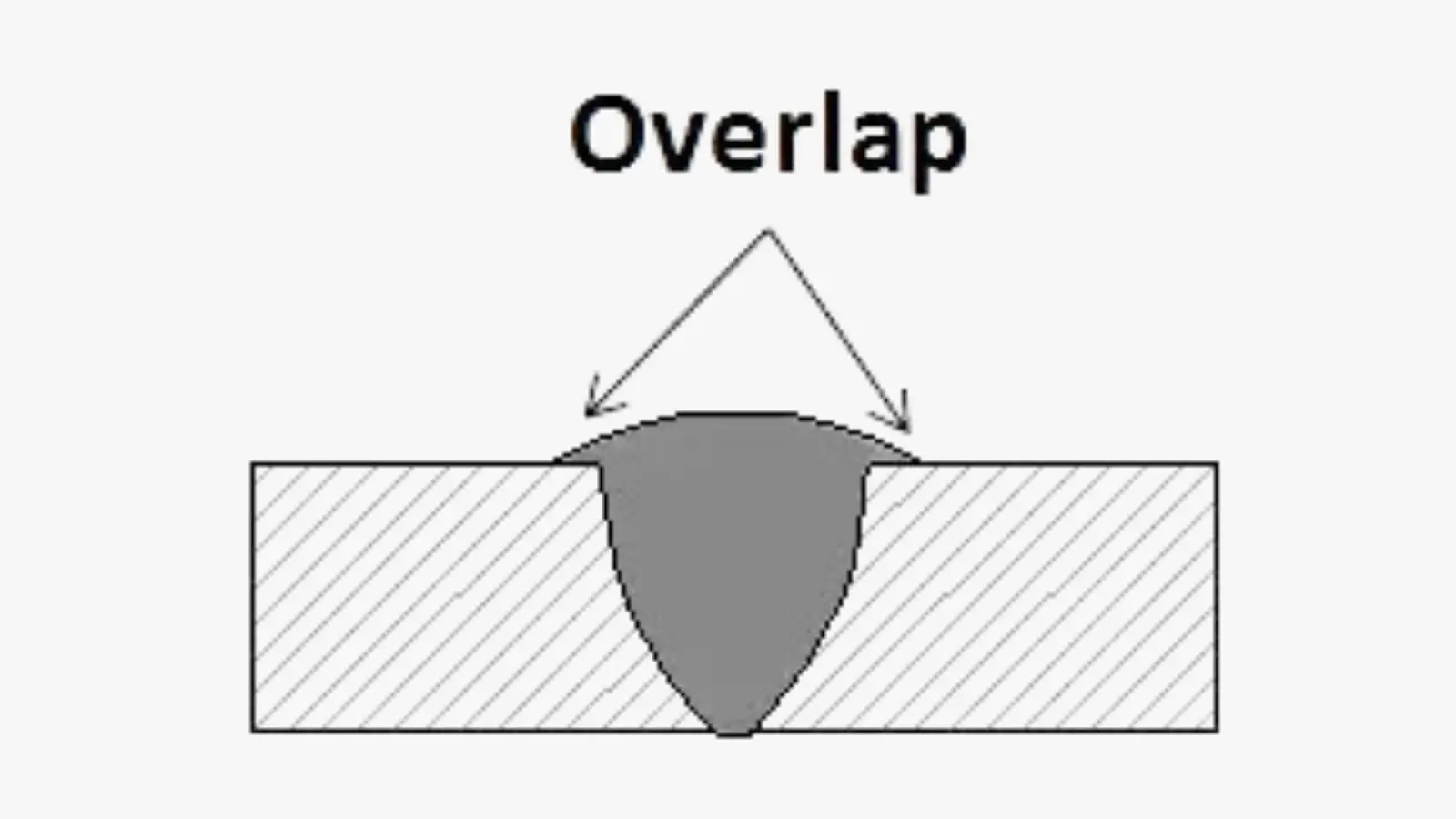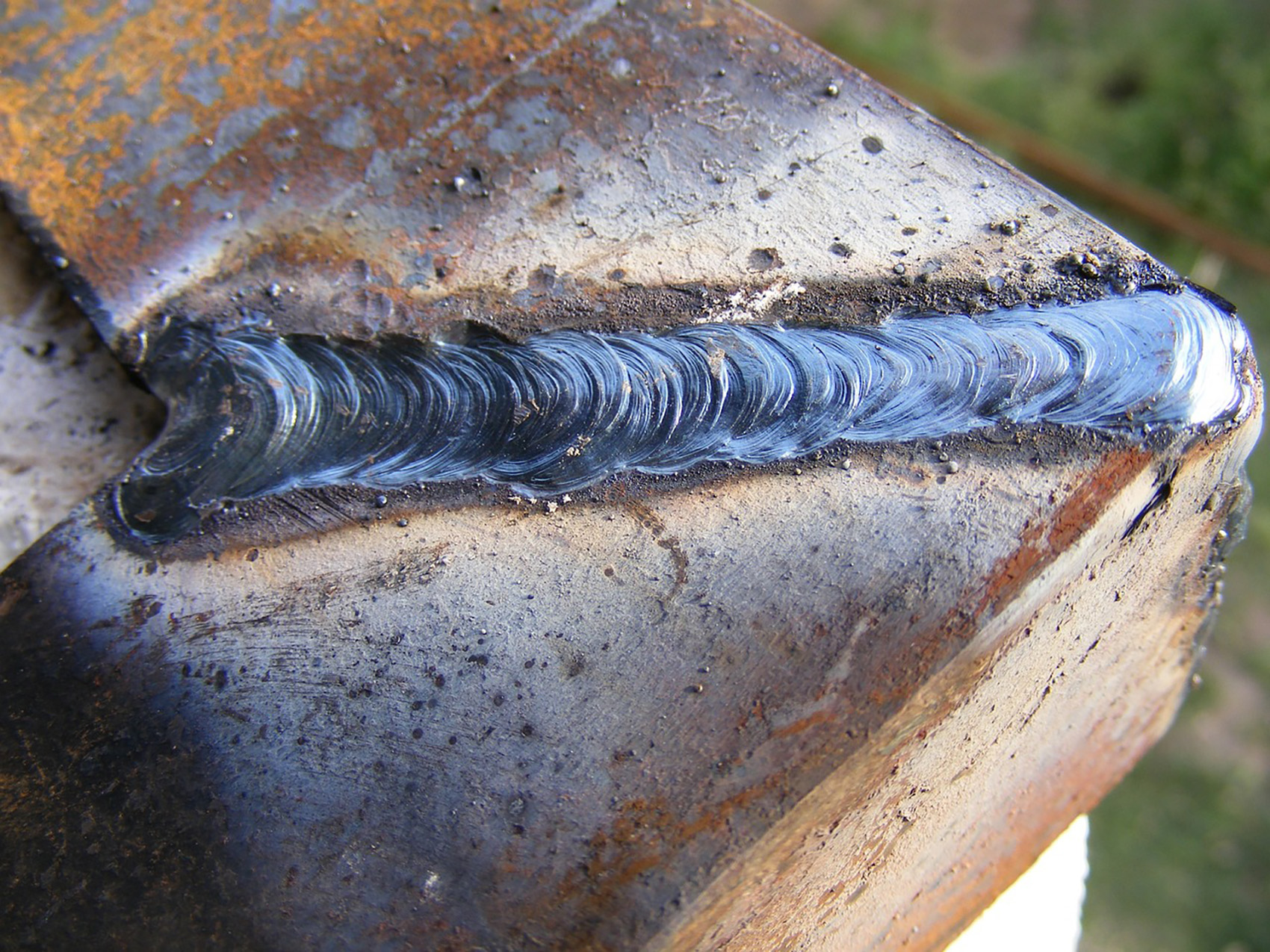Your Complete Handbook to Preventing Weld Undercut Like a Pro
Your Complete Handbook to Preventing Weld Undercut Like a Pro
Blog Article
Essential Tips for Welders: Protecting Against Undercut Welding and Ensuring Stronger Weld Joints
In the world of welding, attaining solid and long lasting weld joints is the foundation of producing high-quality work. One common difficulty that welders commonly experience is undercut welding, which can endanger the integrity of the weld joint. By comprehending the factors that add to damaging and implementing the right methods and precautions, welders can efficiently prevent this concern and guarantee the long life and stamina of their welds. Let's explore some important pointers that can assist welders browse this challenge and raise the high quality of their welding tasks.

Comprehending Undercut Welding
Undercut welding is an usual welding issue that happens when the weld metal falls short to effectively fill the groove and causes a groove-like clinical depression along the weld bead. This defect weakens the weld joint, making it vulnerable to splitting and failure under anxiety. Undercutting can be brought on by different elements, including excessive welding current, high welding speed, inappropriate electrode angle, wrong electrode dimension, and bad welding technique.
One of the major reasons for undercut welding is an inequality between the welding current and the welding speed. If the welding current is too expensive or the welding speed is also quick, the weld steel may not properly load the groove, resulting in undercutting. In addition, using an electrode that is as well huge can lead to a comparable outcome, as the excess metal can not appropriately stream into the groove.
To stop undercut welding, welders need to ensure they are using the proper welding specifications, preserve an ideal electrode angle, select the ideal electrode dimension, and practice correct welding strategies. By resolving these variables, welders can reduce the risk of damaging and develop more powerful, much more dependable weld joints.
Appropriate Welding Technique
Effective welding technique plays a critical duty in making sure the quality and stability of weld joints. Correct welding technique entails a combination of accuracy, ability, and adherence to best methods. One fundamental aspect of proper welding strategy is keeping the right angle and range between the welding gun and the work surface. Welders have to additionally pay close focus to the traveling rate and warm input to prevent concerns like damaging, porosity, or incomplete combination.
Furthermore, a steady and constant hand activity is essential for developing strong and sturdy weld joints. Welders ought to intend for smooth, uniform movements to ensure even distribution of the weld product. Proper manipulation of the welding weapon and filler material is also key to achieving ideal infiltration and combination.
Additionally, controlling the warmth input and picking the ideal welding specifications based on the product being bonded are important consider achieving premium welds - Preventing weld undercut. Welders must comply with the recommended setups provided by welding treatment requirements and change them as needed based upon the particular demands of the task. By understanding correct welding strategies, welders can significantly improve the strength and reliability of their weld joints
Choosing the Right Electrode
When considering the significance of selecting the best electrode in welding applications,Maintaining the right angle and distance in between the welding weapon and the workpiece is essential. The selection of electrode plays a crucial function in determining the top quality and strength of the weld joint. Electrodes are available in various kinds, each developed for specific functions and products.
To start with, picking the proper electrode diameter is vital. Thinner electrodes appropriate for welding thin products, while thicker electrodes official source are better for thicker products and higher warmth applications. Matching the electrode diameter to the density of the workpiece assists attain a balanced weld.
Second of all, understanding the product composition of the electrode is crucial. Different electrodes are developed for welding certain products like steel, stainless steel, aluminum, or cast iron. Using the right electrode product ensures excellent blend and reduces the risk of flaws in the weld.
Last but not least, thinking about the welding setting and technique is essential when selecting the electrode type. As an example, certain electrodes are much better matched for overhead or vertical welding settings, while others work well for level or horizontal positions. Picking the best electrode based upon the welding method improves the total weld quality and honesty.
Preparing the Base Metal
To guarantee a successful welding procedure, what preliminary actions should be taken when preparing the base steel for welding? Additionally, any existing weld material or residue from previous welding ought to be eliminated to make sure a clean surface area for the brand-new weld.

Carrying Out Post-Weld Inspections

After carrying out these assessments, welders have to contrast the results against industry criteria and project demands to ensure that the weld joint meets all needed requirements. Any type of insufficiencies or deviations discovered during the post-weld inspection should be without delay dealt with with appropriate corrective steps to assure the weld's stability. By carefully carrying out post-weld inspections and quickly resolving any type of concerns, welders can maintain the high quality and reliability of their work, ultimately contributing to the safety and security and longevity of the bonded frameworks.
Conclusion

In conclusion, preventing undercut welding and guaranteeing stronger weld joints need a mix of correct welding method, choosing the appropriate electrode, preparing the base metal properly, and Get the facts carrying out post-weld inspections. By understanding the sources of undercut welding and applying the needed preventative measures, welders can generate top notch weld joints that fulfill sector standards and ensure the architectural integrity of the welded parts.
Undercut welding is a common welding issue that occurs when the weld metal fails to appropriately load the groove and results in a Look At This groove-like depression along the weld grain (Preventing weld undercut). Damaging can be triggered by different variables, including excessive welding present, high welding rate, improper electrode angle, wrong electrode size, and bad welding strategy
One of the primary factors for undercut welding is an inequality in between the welding existing and the welding speed. If the welding current is also high or the welding speed is too quickly, the weld steel might not appropriately fill up the groove, leading to damaging.Preserving the proper angle and distance between the welding gun and the work surface is fundamental when taking into consideration the relevance of picking the right electrode in welding applications.
Report this page